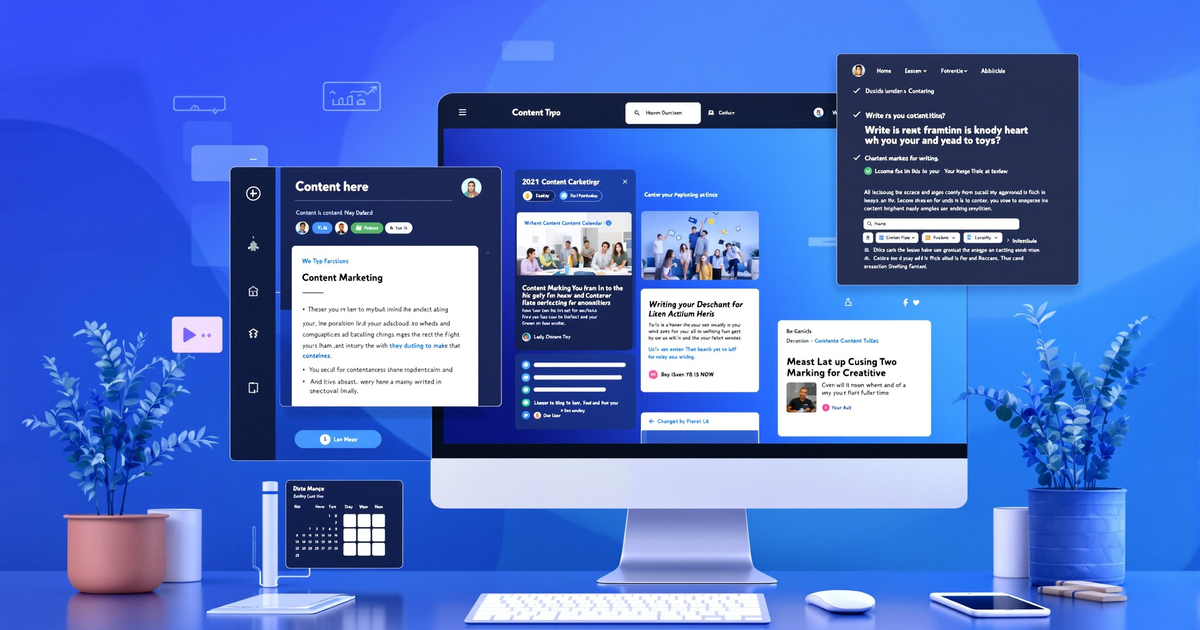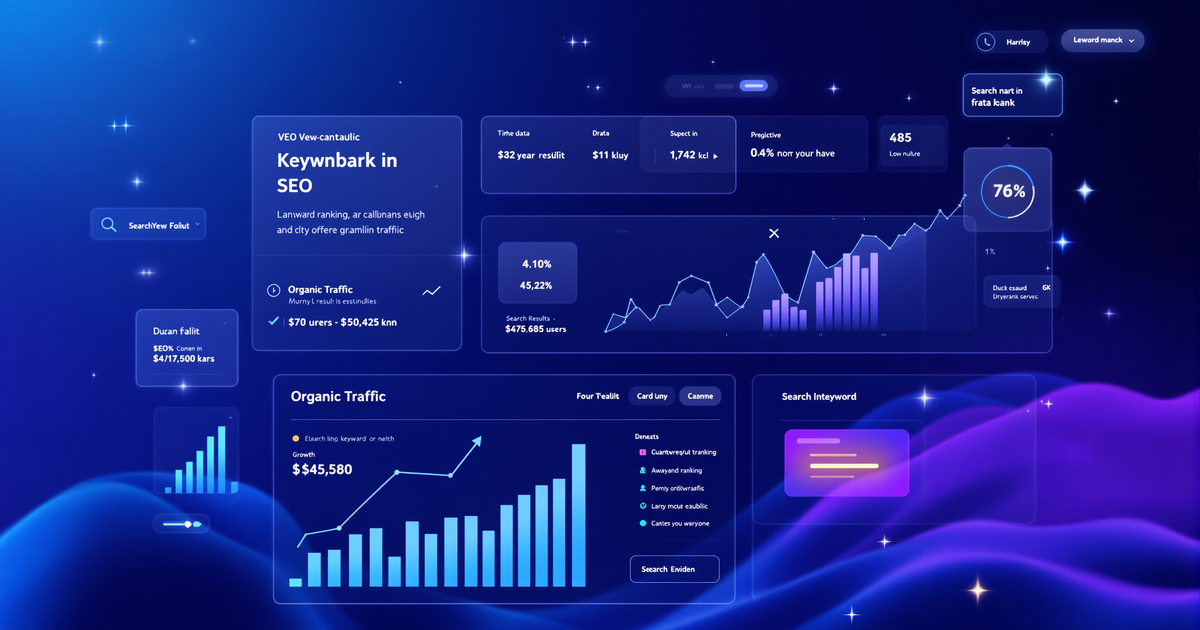Why Results-Focused Performance Tracking Matters More Than Ever
The digital marketing landscape has never been more fragmented or more competitive. With budgets under scrutiny and channels multiplying, business owners and marketers must prove, not just hope for, marketing ROI. Therefore, gut feelings are out; data-driven decisions are in.
Results-focused tracking means zeroing in on the metrics that impact your bottom line, then making agile adjustments based on what the numbers reveal. It’s about transforming raw data into clear, actionable strategies—so you get more value from every marketing dollar.
Common Pitfalls in Marketing Measurement
- Chasing "vanity metrics" (like impressions) instead of real business outcomes
- Siloed data, making it impossible to see the whole customer journey
- Lack of alignment between marketing, sales, and product teams
- Inconsistent tracking across channels
If your reporting is more about what happened than what to do next, it’s time for a new approach.
The Metrics That Matter in 2025
Let’s break down the core KPIs every results-driven marketer should track this year. Don’t just track these metrics in isolation—map them to stages of your funnel and business goals for a holistic view.
| Metric | What It Measures | Why It Matters |
|---|---|---|
| Customer Acquisition Cost (CAC) | Total spend to acquire a new customer | Directly tied to profitability and scaling potential |
| Customer Lifetime Value (CLTV) | Projected revenue from a single customer over time | Informs how much you can invest in acquisition |
| Conversion Rate | % of visitors who complete a key action | Measures campaign effectiveness and landing page quality |
| Website Traffic/Unique Visitors | Raw and unique visits over time | Indicates reach and brand awareness |
| Bounce Rate | % of visitors who leave after one page | Diagnoses issues with content relevance or UX |
| Return on Ad Spend (ROAS) | Revenue generated for every ad dollar spent | Essential for paid media optimization |
| Marketing Qualified Leads (MQLs) | Leads likely to convert, based on engagement signals | Connects marketing activity to pipeline growth |
| Email Performance | Engagement and direct response from email | Reveals nurture and retention success |
| Social Media Engagement | Follows, likes, shares, and comments over time | Measures brand health and audience expansion |
How to Build a Results-Focused Tracking Framework
Building a robust framework involves several key steps to ensure your data translates into action.
Step 1: Align Metrics to Business Outcomes
First, define your primary business goal (e.g., revenue, leads, retention). Subsequently, choose KPIs that directly reflect progress toward that goal.
Step 2: Set Up End-to-End Tracking
Next, integrate analytics platforms and ensure UTM parameters and tracking codes are consistent across campaigns. This provides full-funnel visibility.
Step 3: Automate and Visualize Reporting
Then, build dashboards that update in real-time, highlighting trends and anomalies. Segment data by channel, campaign, and audience to uncover deep insights.
Step 4: Analyze and Iterate
Finally, regularly review performance against targets, run A/B tests, and use data to refine your spend allocation and strategy.
Tools You Need for Results-Focused Performance Tracking
- Google Analytics 4: Event-based, multi-channel tracking for engagement and conversions.
- HubSpot or Salesforce: CRM integration for lead tracking and revenue attribution.
- Tableau/Looker Studio: Custom dashboards for visualizing trends and sharing insights.
- Klaviyo/Shopify Email: Advanced email reporting for engagement and revenue.
- Sprout Social: Social media performance and engagement tracking.
- Native Ad Platform Dashboards: Real-time ROAS, CTR, and cost per result.
Action Steps: Put Results-Focused Tracking to Work
- Audit your current metrics: Are you measuring what truly matters?
- Build or refine your dashboard: Start simple, but ensure you can drill down for details.
- Schedule monthly reviews: Make data review a team habit, not an afterthought.
- Tie every campaign to a business outcome: If you can’t map a metric to a goal, reconsider it.
- Continuously test and optimize: Use data, not hunches, to drive every experiment.
Don’t Guess—Know What’s Missing in Your Marketing
Ready to see what a truly results-focused approach can do for your business? At CDM Suite, we believe you shouldn’t leave your next quarter’s growth to chance.
Take our FREE 3-Minute Marketing Assessment and get a custom growth plan tailored to your unique challenges and goals.
➡️ Find Out EXACTLY What’s Missing in Your Marketing Strategy!


